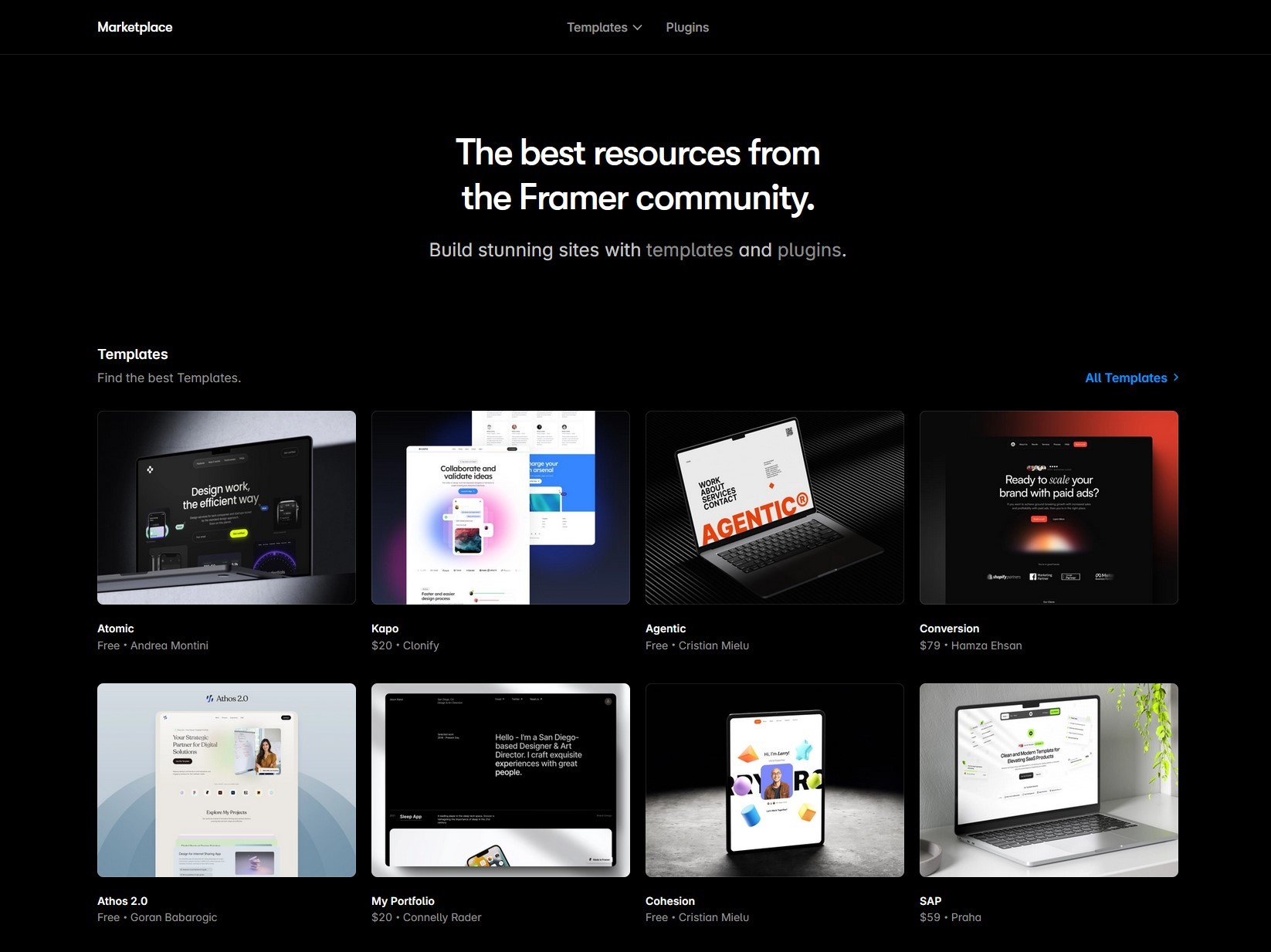Oct 9, 2024
How to Choose the Perfect Website Template for Your Business
Selecting the right website template is crucial for creating a strong online presence. Whether you're starting a new venture or redesigning an existing website, the template you choose will significantly impact how users interact with your brand. With the vast array of options available, finding the right fit can feel overwhelming. This guide will help simplify the process by highlighting key factors to consider when choosing a template for your business.
1. Identify Your Website's Purpose
The first step is to determine the primary purpose of your website. Are you selling products, showcasing a portfolio, or offering services? Different types of businesses will have varying needs:
eCommerce Stores: Look for templates with product galleries, shopping cart functionality, and secure payment integrations.
Portfolios: If you’re a creative professional, prioritize clean, image-centric designs with easy navigation and minimal distractions.
Service Providers: Templates that offer clear calls-to-action (CTAs), easy appointment booking, and well-organized service pages will be ideal.
By understanding your website’s purpose, you can narrow down the template options that cater to your specific needs.
2. Consider Customization Options
Your website should reflect your brand's unique personality and values. While pre-made templates offer a quick start, you'll want a template that's customizable enough to align with your brand identity. Look for templates that allow you to modify:
Fonts and Typography: Choose a template with options to customize the fonts to match your brand's style.
Colors: You should be able to update the color scheme to reflect your brand colors.
Layout: Flexible layouts that allow for easy rearrangement of elements ensure you can create a unique user experience.
Images: Templates should support high-quality imagery and give you control over the visuals to showcase your products or services effectively.
A customizable template allows you to strike the perfect balance between a ready-made design and your own creative touch.
3. Prioritize Responsiveness
In today’s digital age, users access websites from various devices, including desktops, tablets, and smartphones. A responsive website template automatically adjusts its layout to fit different screen sizes, ensuring a seamless experience for all visitors.
When choosing a template, make sure it’s fully responsive by checking its performance on multiple devices. Most template platforms provide previews that simulate how the website looks on different screens. A responsive template will improve user engagement, reduce bounce rates, and contribute to higher search engine rankings.
4. SEO-Friendliness is Key
A beautiful website won’t help your business if potential customers can’t find it. Search engine optimization (SEO) ensures your website ranks well on search engines like Google, making it easier for users to discover you.
When selecting a template, opt for one that is built with SEO in mind. Features like clean code, fast load times, mobile responsiveness, and meta tag customization all contribute to better search engine performance. Some templates even come with built-in SEO tools that simplify the optimization process.
5. Look for Built-in Features and Plugins
The functionality of your website depends on the features and plugins that the template supports. For example, if you’re running an online store, you'll need eCommerce features such as product filters, secure payment gateways, and inventory management. A business focused on lead generation might require lead capture forms, chat widgets, or integration with email marketing tools.
When browsing templates, consider the essential tools your business needs, and check if the template either includes them or supports plugins that can easily add the necessary features.
6. Consider Load Speed and Performance
Website speed can make or break your user experience. Visitors tend to leave websites that take more than a few seconds to load. Beyond user experience, load speed is also a critical factor for SEO. When choosing a template, look for ones optimized for performance. Templates with excessive animations or bulky features may look attractive but can slow down your website, leading to higher bounce rates.
Test the template’s speed with tools like Google PageSpeed Insights or GTmetrix before making your final decision. This will ensure that you’re selecting a template that offers both style and efficiency.
7. Test for Browser Compatibility
Your website visitors will likely use a variety of browsers such as Chrome, Firefox, Safari, or Edge. A template that looks great in one browser might not perform as well in another. Always test the template's compatibility across multiple browsers to ensure a consistent experience for all users.
Most reputable template providers will mention if their designs are cross-browser compatible. However, it's always good practice to manually test the templates on different browsers.
8. Choose a Template That Reflects Your Brand’s Personality
Your website is often the first impression potential customers have of your business, so it needs to reflect your brand accurately. Whether your brand is modern and sleek or fun and quirky, choose a template that embodies these characteristics.
Corporate or Professional: A clean, structured layout with muted colors and professional fonts will convey trustworthiness.
Creative or Artistic: Bold colors, unconventional layouts, and unique design elements will help communicate creativity and originality.
Minimalist: If simplicity is part of your brand ethos, look for templates with a focus on whitespace, minimal text, and a clean design.
The template you choose should help tell your brand's story, leaving a lasting impression on visitors.
Final Thoughts
Choosing the perfect website template requires careful consideration of your business needs, branding, and user experience. By focusing on purpose, customization options, responsiveness, SEO-friendliness, and built-in features, you can find a template that not only looks great but also performs exceptionally well.
Take your time to explore different templates, test them on various devices and browsers, and ensure they align with your business goals. Once you've found the right template, you'll be well on your way to building a website that enhances your brand's online presence.




